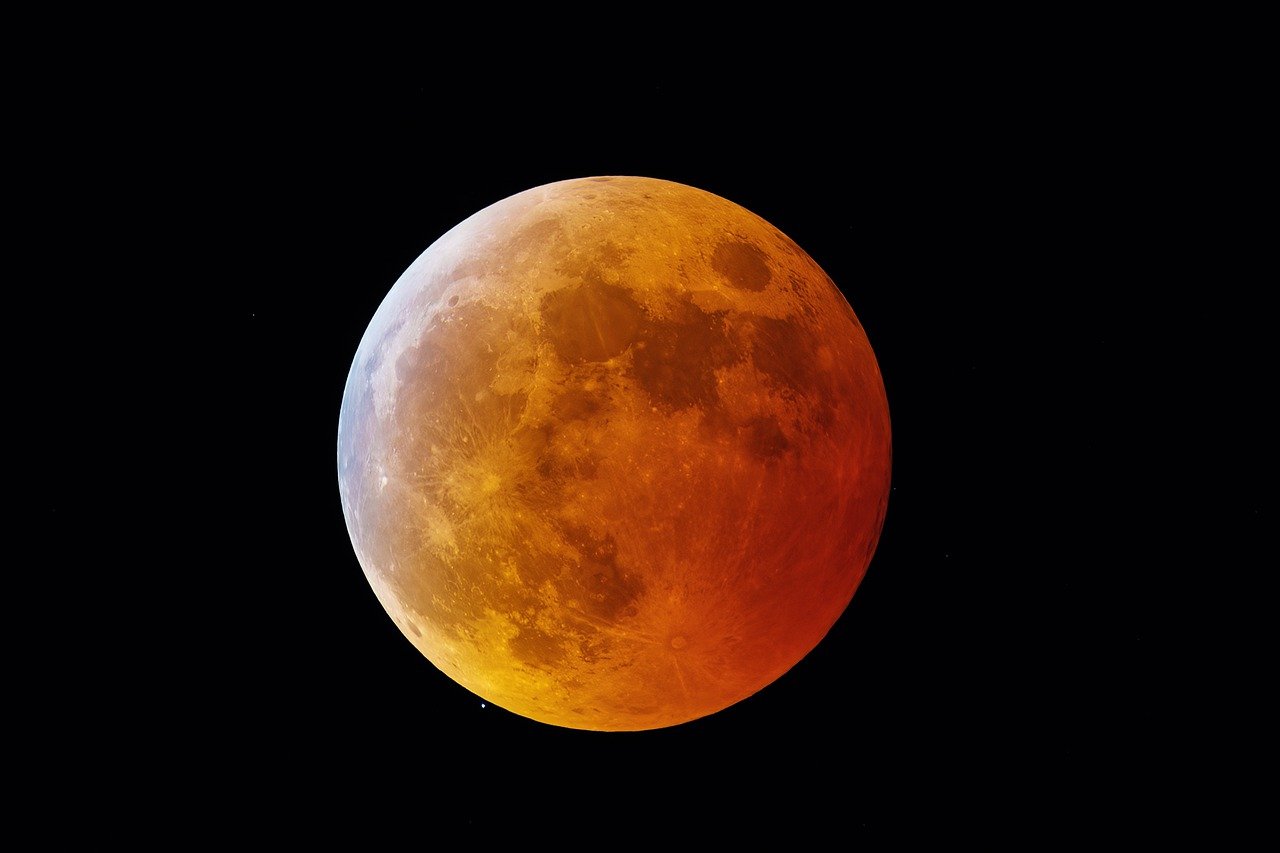Uranus, known as Ouranos in Greek mythology, represents the sky and heavens. His Roman equivalent is Caelus. Created by Gaia (the Earth), Uranus served as her complement, leading to the procreation of the twelve Titans, the three Cyclopes, and the three Hecatoncheires.
However, Uranus harbored a deep disdain for his offspring, imprisoning them beneath the Earth’s surface. Angered by this, Gaia and her son Cronus plotted his demise. Armed with a sickle, Cronus ultimately castrated Uranus, with the blood that spilled giving rise to several entities including the Erinyes, the Giants, and Meliae. Although Cronus seized Uranus’s power, the father foretold that his own son would one day dethrone him, initiating a sequence of events that allowed Zeus and the Olympian deities to rise to power over the Titans.
Birth and Lineage
In Hesiod’s “Theogony,” composed around 700 BCE, it is depicted that Gaia emerged along with her offspring included not only Uranus but also Pontus (the Sea) and Ourea (the Mountains).
And Earth brought forth starry Heaven first,
To share and cover her completely,
Setting a secure place for the blessed gods.
(Hesiod, Theogony, 128-132)
Uranus and Gaia united, producing a lineage that included the Titans (Oceanus, Coeus, Crius, Hyperion, Iapetus, Theia, Rhea, Themis, Mnemosyne, Phoebe, Tethys, and Cronus), the Cyclopes (Brontes, Arges, and Steropes), and the Hecatoncheires (Kottos, Gyes, and Briareus).
The Creation Myths
The Orphic tradition, which flourished in the 6th century BCE, offers a unique take on the mythology of creation, differing from Hesiod’s narrative. In this account, the world originates with Chronos (Time), from whom Aether (Radiance), Chaos, and Erebus (Darkness) emerge. An egg formed within Aether, and from this egg, Phanes—responsible for all creation—was born. Phanes then fathered Nyx (Night), and together with her, gave birth to Gaia and Uranus.
Eastern Myths
Cronus, with allies, ultimately waged war against Uranus to usurp his reign. In archaeological digs at the site of Boĝazköy in Turkey, tablets emerged detailing the Hittite saga of the storm deity Teššub’s rise and subsequent challenges to his dominion, echoing themes familiar in the Uranus-Cronus-Zeus succession found in Hesiod’s works. Here, Anu, king of Heaven, illustrates similarities with Uranus; after reigning for nine years, he, too, was dethroned by his cupbearer Kumarbi, culminating in Kumarbi’s brutal takeover.
A version of this succession myth surfaces in writings from Herennius Philo, linked to Sanchuniathon, a scholar from the era of the Trojan War. This narrative relates to the high deity Elioun and his offspring, with Uranus portrayed as Epigeios, who claims kingship and marries his sister, Gaia. After Epigeios’s demise, Gaia’s subsequent avenging through Cronus leads to conflict and the eventual separation of Uranus from his dominion.
The Heights of Heaven
In “Theogony,” a geometric relationship is outlined among Tartarus (the underworld), Earth (Gaia), and the heavens (Uranus). Should an object fall from the sky, its descent spans nine days before reaching Gaia, with an additional nine-day journey to Tartarus.
Tartarus is depicted as encased in bronze, while above, Titans are concealed beyond a fringe of mist. The surrounding areas include Tartarus’s springs as well as the chaotic sea, creating a dark ambience dreaded even by deities.
Uranus and the Issue of Succession
Uranus’s contempt towards his offspring incited him to seclude them deep within the Earth, along with the Cyclopes and Hecatoncheires, whom he deemed threats. Distressed by this treatment, Gaia orchestrated a revolt, rallying her children, although only Cronus dared to vow his support. Armed with a sickle she fashioned from adamant, Cronus lay in wait for Uranus. As Uranus approached, he was castrated, and his severed parts fell into the ocean, leading to the birth of Aphrodite from the sea foam.
Uranus, enraged by the actions of his children, labeled them Titans, predicting they would suffer retribution. This prophecy reverberated in the actions of Cronus and Rhea, who were subsequently forewarned by Uranus and Gaia regarding their fate. Cronus, in a bid to avert such a fate, devoured his children until Rhea sought the counsel of Gaia and Uranus, escaping to Crete where Zeus was later hidden. Zeus eventually compelled Cronus to regurgitate his siblings, leading to a climactic clash known as the Titanomachy.
Following Zeus’s marriage to Metis, Uranus and Gaia cautioned that their daughter would possess strength and wisdom akin to Zeus, warning of a potential successor—a fate Zeus preemptively forestalled by swallowing Metis. Despite this, Athena later emerged from Zeus’s forehead, continuing the cycle of deceit and power.
Witness to the Gods’ Oaths
Uranus, along with Gaia and Styx, served as a solemn witness to divine vows. In Homer’s “Iliad,” Hera invoked the names of them, assuring her innocence during the chaos of the Trojan War. Leto, in the “Homeric Hymn to Delian Apollo,” swore her devotion to Delos, showcasing the weight these oaths carried among the deities.
The oaths taken in this manner were famed to be the most formidable among the gods, as demonstrated when Medea vowed to protect her sister’s sons amid strife against their father.
The Orphic Invocation
While worship of Uranus appears scarce, traces of veneration persist through the Orphic hymn devoted to him.
Sky, father of all,
Eternal cosmic element,
Primeval beginning and end,
Lord of the universe.
(Hymn to Sky, 4. 1-9)
Cultural Legacy
The name ‘Uranus’ often conjures images of the planet that bears his name. Representing the heavens, it is fitting for the celestial body discovered by William Herschel in 1781 to carry this name, which was championed by Johann Elert Bode in honor of the primordial deity.
The seventh planet from the Sun, Uranus is distinguished as the third-largest planet, marking a notable milestone in astronomical history as the first planet identified with telescopic aid.



